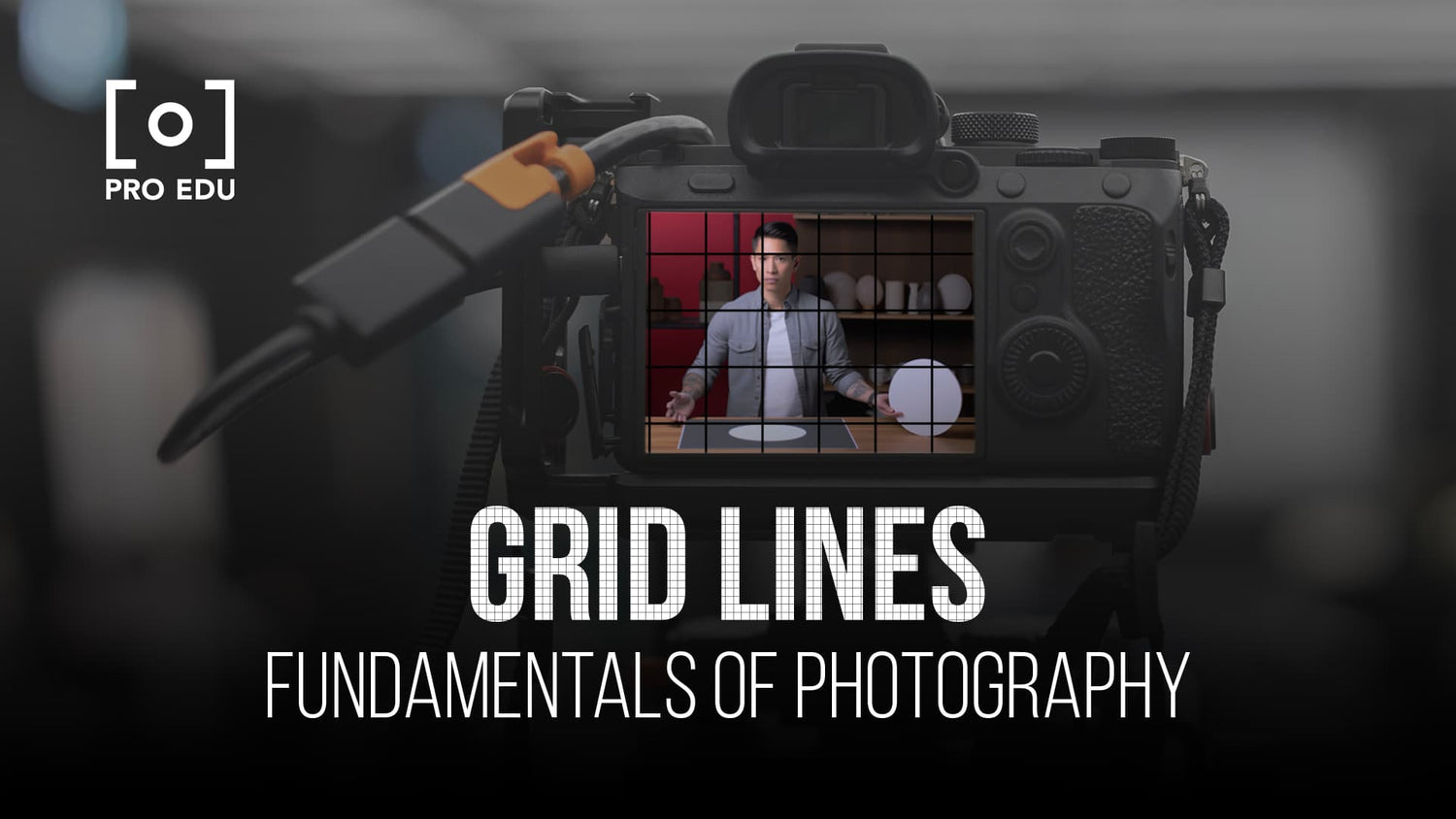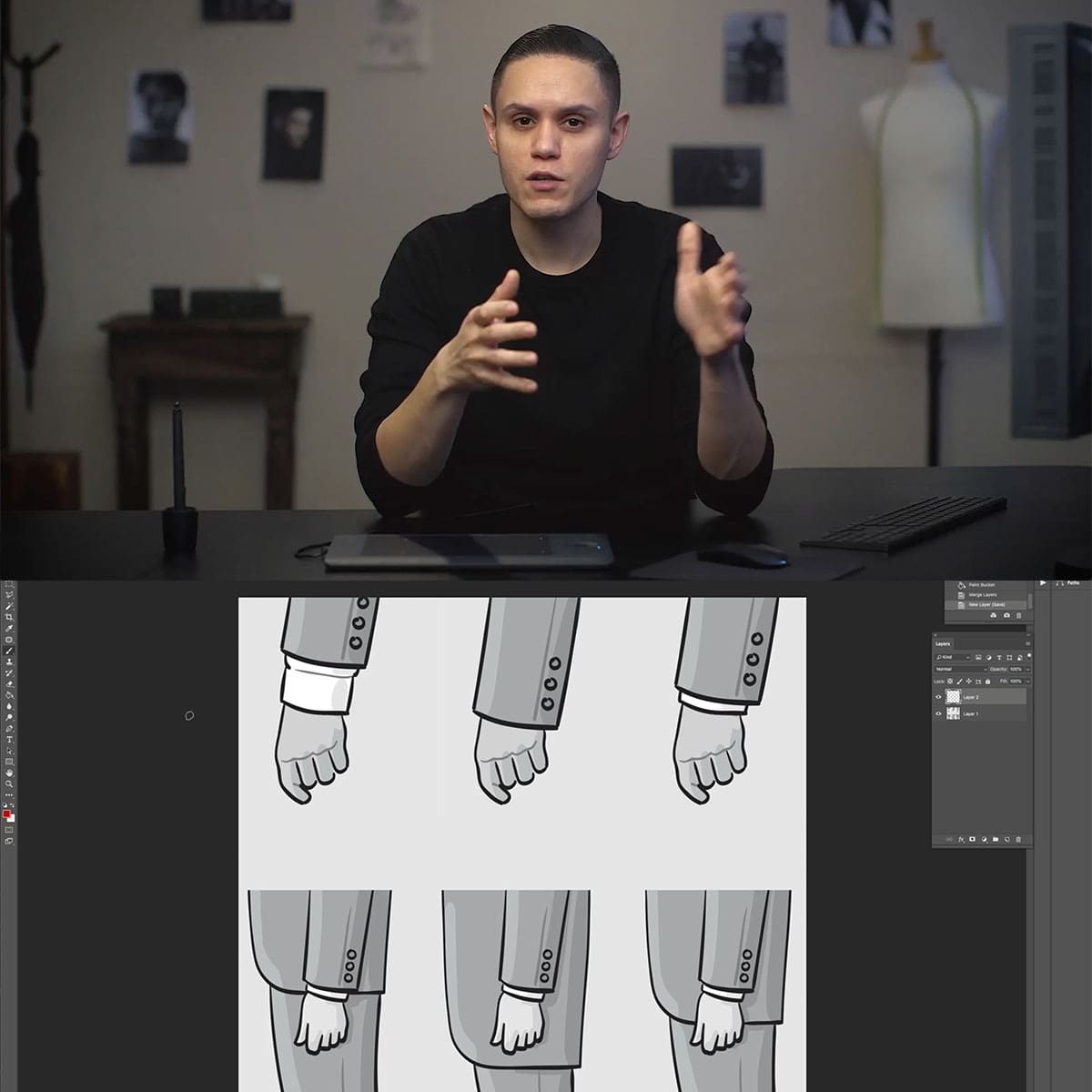Grid Lines: Enhancing Composition for Stunning Photography Results
In the world of photography, composition plays a crucial role in creating visually appealing and meaningful images. Mastering composition allows photographers to guide the viewer's eye and convey their intended message effectively. Grid lines are one of the indispensable tools at their disposal, helping enhance the overall composition of the shot.
By incorporating grid lines into their work, photographers can achieve balance, symmetry, and precision within their compositions. Grid lines significantly elevate the quality of photos, whether it's for landscape photography, portraits, or any other genre. From beginners to professionals, understanding and utilizing grid lines is a fundamental skill that greatly enhances the art of photography.
Key Takeaways
- Grid lines are essential tools in photography for achieving balance and enhancing composition
- Understanding and applying grid lines can elevate the quality of various photography genres
- Mastering grid lines is a fundamental skill for photographers at all skill levels
Understanding Composition in Photography
Basic Elements of Composition
When it comes to photography, composition is crucial for creating visually appealing and meaningful images. It involves the intentional arrangement of elements within a frame, guiding the viewer's eye and telling a story. One of the basic elements of composition is the frame, which sets the boundaries for your image and helps define the focus of attention.
Another basic element is the rule of thirds, which suggests dividing the frame into a 3x3 grid and positioning the important elements along the grid lines or at their intersections. By doing so, we can achieve a balanced and engaging photo. The use of leading lines is another effective way to guide the viewer's eye towards the main subject. They can be natural lines, such as roads and rivers, or man-made, like architectural lines.
Composition Techniques and Rules
There are numerous composition techniques and rules that are commonly used in photography. One such technique is the rule of thirds, as previously mentioned. By adhering to this rule, we can create images that are more interesting and compelling. PRO EDU offers photography course resources that cover these composition techniques and rules in depth, helping photographers develop a more refined artistic eye.
Another technique worth mentioning is the use of leading lines, which helps create a sense of depth and directs the viewer's attention to the main subject. It can be especially useful in landscape and architectural photography, where natural and man-made lines are abundant. By mastering composition techniques and rules, we can elevate our skills and produce powerful and captivating images.
The Role of Grid Lines in Composition
Using Grid in Landscape Photography
In landscape photography, grid lines play a crucial role in enhancing composition. The horizontal lines in the grid allow us to maintain a straight horizon, creating balanced and appealing photographs. Moreover, the rule of thirds is easily implemented with the help of grid lines by positioning key elements at the intersections of these lines.
Vertical lines in the grid also contribute to composing a well-balanced shot. They assist in aligning and positioning subjects like trees, buildings, or other prominent features in the landscape. This results in photographs that draw the viewer's attention to the subject and conveys a sense of depth and perspective.
Portrait Photography with Grid
In portrait photography, the grid is equally useful for improving the composition. Vertical lines help in aligning the subject's eyes or any other crucial point, thus maintaining balance and symmetry. Moreover, the rule of thirds can be applied here as well by placing the subject's eyes on one of the intersections to create a more engaging portrait.
Horizontal lines in the grid assist in creating a sense of scale and proportion in portrait photography. For example, aligning the subject's eyes with one of the horizontal lines can make the portrait look more aesthetically pleasing. Additionally, using grid lines as a guide can help prevent awkward cropping, ensuring a harmonious composition with sufficient space around the subject.
In conclusion, grid lines serve as a valuable tool for photographers in both landscape and portrait photography. By using grids effectively, we can enhance the composition of our photographs, allowing us to tell more engaging and visually appealing stories with our images.
Advanced Composition Techniques
Exploring Shapes and Patterns
In photography, we often encounter various shapes and patterns that can be used to create a balanced and harmonious composition. For example, incorporating triangles in the frame can add stability and a sense of direction. Patterns, on the other hand, can provide a visual rhythm that guides the viewer's eye through the composition.
When using shapes, it's essential to pay attention to symmetry and alignment. A well-aligned shape emphasizes order and structure in the composition. Patterns can also be used effectively to create depth or establish a consistent theme in the image.
Mastering Light and Color
Light plays a crucial role in shaping a composition, as it has the power to emphasize or deemphasize certain elements within the frame. By understanding how light interacts with the subject, we can capture images with greater contrast and depth. For instance, using backlighting can create a dramatic silhouette, accentuating the subject's shape.
Colors are another vital aspect of a composition, contributing to the overall mood and atmosphere of an image. We can use color theory to our advantage by choosing complementary or contrasting colors to create visual balance.
Special Topics in Composition
Movement and Texture
In photography composition, we often aim to convey a sense of movement and texture. Movement adds dynamics to a shot, while texture brings depth and richness to the image. For instance, incorporating lines in the landscapes can enhance the sense of movement.
Capturing texture can be achieved by focusing on the minute details of the subject. For example, the rough surface of tree bark, or the intricate pattern of a fabric. Combining movement and texture in your composition enhances visual interest and adds layers to your photograph.
Aspects of Balance
Balance is one of the key elements in photography composition. As photographers, we strive for balance to create visually appealing images. There are two types of balance to consider: symmetrical and asymmetrical.
Symmetrical balance occurs when both sides of a composition are equally weighted, creating a sense of harmony and calmness. This can be achieved by placing your subject centrally and using grid lines to ensure symmetry.
On the other hand, asymmetrical balance involves the arrangement of elements with varying visual weights. As a result, the photograph feels dynamic and engaging. The rule of thirds is a helpful guideline to achieve asymmetrical balance in your composition.
Experimenting with balance in photography composition helps you express your unique creative vision, unlocking the power of visual storytelling. So, don't be afraid to try different approaches and find your personal style.
Planning and Tools for Composition
Camera Settings for Composition
When composing a photograph, we can make use of certain camera settings to enhance the final result. One such setting is the grid lines feature available in most cameras. Enabling grid lines helps us follow the Rule of Thirds, ensuring a more balanced composition.
In addition to grid lines, we can also adjust exposure settings, such as aperture, shutter speed, and ISO, to control the depth of field and motion in the photograph. These settings, when combined with proper framing, can lead to a more visually appealing image.
Apps and Software for Composition
There are various apps and software available to help with composition in photography. Some apps, like PRO EDU, provide professional tutorials, plugins, and tools to improve our photography skills.
During post-processing, we can use software like Adobe Lightroom and Photoshop to further refine the composition. Features like the Crop tool in Photoshop allow us to fine-tune our images, adhering better to the photography composition rules we've learned.
In conclusion, camera settings and tools can help us make the most of the photography composition rules. Utilizing grid lines, exposure settings, and the right post-processing software and techniques will enable us to create professional-quality images.
Frequently Asked Questions
https://www.youtube.com/watch?v=V_PYWUyYbRE&embed=true
What are the advantages of using grid lines in photography?
Grid lines can help photographers improve the composition of their images, creating more visually appealing and engaging results. They can guide the photographer's eye, helping to balance the elements and align important features.
How do grid lines improve composition in photos?
Grid lines provide a visual reference, enabling photographers to position elements along these lines or at their intersections. This arrangement can create a more pleasing balance and flow within the image, ultimately enhancing the photograph's storytelling and overall aesthetic appeal.
In what situations are grid lines most helpful?
Grid lines can be especially helpful in landscape photography, where they can help balance the horizon and foreground elements. Additionally, they can be useful in portrait photography, street photography, and other types of photography where subjects and elements need to be properly positioned for optimal impact.
How can I enable grid lines on my smartphone camera?
Most smartphone camera apps have a built-in option to enable grid lines. Typically, you can find this option in the camera settings or menu. Once enabled, the grid lines will be overlayed on your camera's live view, providing a helpful visual guide while composing your shot.
What is the relationship between grid lines and the rule of thirds?
The rule of thirds is a widely used photographic composition technique that divides the frame into a 3x3 grid. By positioning subjects and elements along the grid lines or at their intersections, the image appears more balanced and harmonious. Grid lines provide an easy way to apply the rule of thirds while composing photos.
Are there other composition techniques that work well with grid lines?
Yes, grid lines can be combined with other composition techniques such as leading lines, which help guide the viewer's eye through the image. They can also be used alongside framing, where elements in the scene are used to frame the main subject. Overall, implementing grid lines with other techniques can enhance a photo's structure and visual appeal.


























